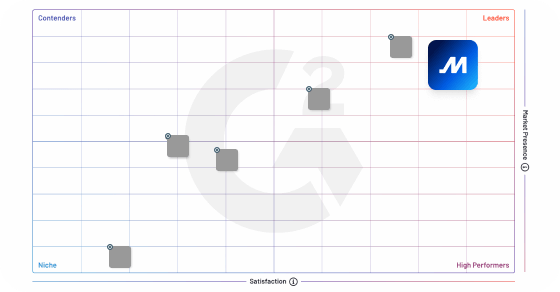The 14-hour rule, also known as the hours-of-service (HOS) rule, is a federal regulation that restricts the amount of time that commercial truck drivers can operate a vehicle before taking a mandatory break.
The 14-hour rule prohibits a commercial driver from operating a commercial motor vehicle if 14 hours have elapsed since their last 10 consecutive hour break. Once they reach the 14-hour limit, they must take a 10-hour break before driving again. This rule aims to prevent driver fatigue and improve safety on the roads.
It is important to note that the 14-hour limit includes all driving and non-driving activities, such as loading and unloading cargo, completing paperwork, and conducting safety inspections. This means that drivers must manage their time carefully to ensure they do not exceed the 14-hour limit.
In addition to the 14-hour rule, the HOS regulations also specify that drivers must take a minimum of 30 minutes of rest after driving for eight hours and cannot drive more than 11 hours in a 24-hour period. These rules are all designed to ensure that commercial truck drivers are well-rested and alert while on the road, reducing the risk of accidents and improving safety for everyone.
Frequently Asked Questions
What is the 14-hour rule and the 11-hour rule?
The 14-hour rule is a Federal Motor Carrier Safety Administration (FMCSA) regulation that restricts the maximum amount of time a commercial driver may be on duty to 14 consecutive hours, after which a 10-hour break is required. The 11-hour rule, also an FMCSA regulation, limits the maximum amount of time a commercial driver may drive to 11 hours within the 14-hour on-duty window.
What happens if you go over your 14-hour clock?
If you go over your 14-hour clock, it is considered a violation of the hours-of-service regulations for commercial drivers in the United States. Going over the 14-hour limit can result in penalties and violations, including fines and potential out-of-service orders. It is important to manage your time effectively and plan your driving and rest periods to comply with the regulations and ensure safety on the road.
Does 10 hours in the sleeper berth reset your 14?
Yes, 10 hours in the sleeper berth can reset your 14-hour clock under certain circumstances. In order for this to happen, the driver must have spent at least 8 consecutive hours in the sleeper berth, and the remaining 2 hours can be split up and taken at any time during the 14-hour window. This is known as the split sleeper berth rule and is regulated by the Federal Motor Carrier Safety Administration.
Can I stop my 14-hour clock trucking?
Yes, you can stop your 14-hour clock trucking by taking a break of at least 10 consecutive hours off duty. This will reset your 14-hour clock, allowing you to resume driving for another 14 hours. However, it is important to note that you must comply with the hours-of-service regulations and not exceed the maximum allowable driving and on-duty time.



